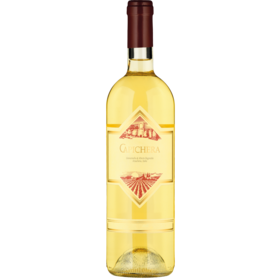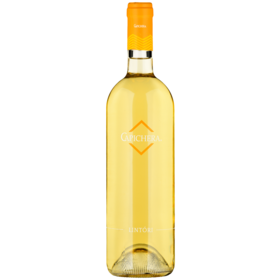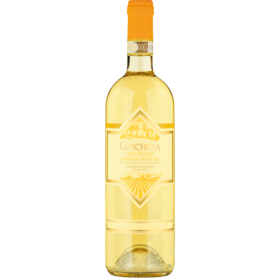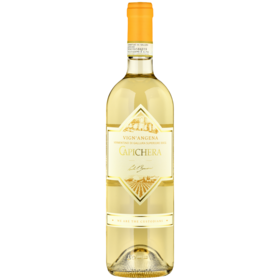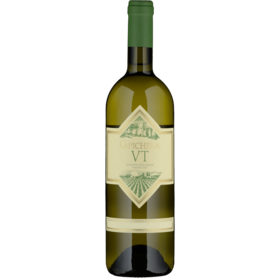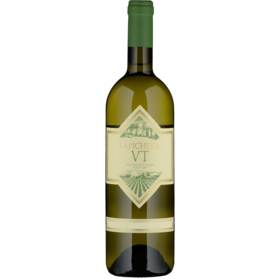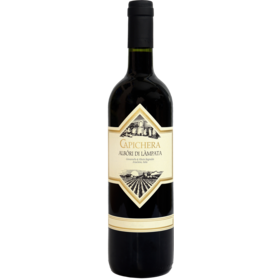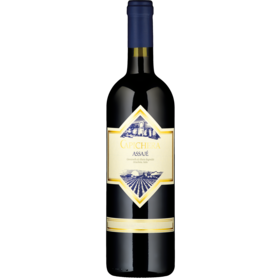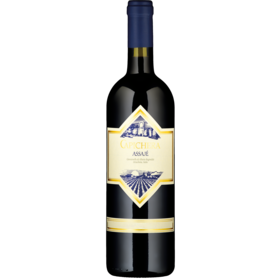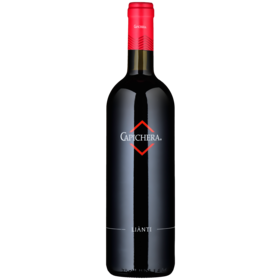Italy
Sardinia
Sardinia’s most popular grape varieties, Vermentino and Cannonau, epitomise their unique island terroir, where a mild climate, calcareous soils and abundant hours of sunshine translate into aromatically expressive, fine wines imbued with authenticity.
The Italian Mediterranean island of Sardinia currently has around 42,000 hectares under vine. Owing to its location and history, Sardinia differs greatly from the Italian mainland. The Phoenicians and Carthaginians first brought vines to the island in around 900 BC. Many new grape varieties found their way to Sardinia due to the island changing hands numerous times afterwards. However, the Spanish left the biggest mark without doubt. Their import Cannonau – the local name for Grenache (or Garnacha, as it is known in Spain) – is a variety that produces full-bodied, complex red wines with beautiful fruit expression.
Mediterranean climate
Sardinia has a typical Mediterranean climate. Temperatures in the north are cooler than in the south and therefore conducive to very fresh, fruity white wines with lovely acidity. The island’s southerly vineyards are sun-baked, often necessitating the use of artificial irrigation to combat the effects of drought. Sardinia’s soils tend to be sandy in coastal areas and loamy inland, but limestone and granite also play a significant role across the island.
Vermentino, Cannonau and more besides
Around two thirds of Sardinian wines are red and one third are white. They are normally higher in alcohol compared to other Italian wines, particularly if they come from the south of the island. The island’s main red grapes are Cannonau, Carignano (Carignan), Monica and Bovale. Nuragus and Vermentino are the main white grapes, although Malvasia, Nasco and Semidano are prominent too. The best Vermentinos come from the dry, meagre soils of the Gallura DOCG, situated in the Costa Smeralda hinterland.


